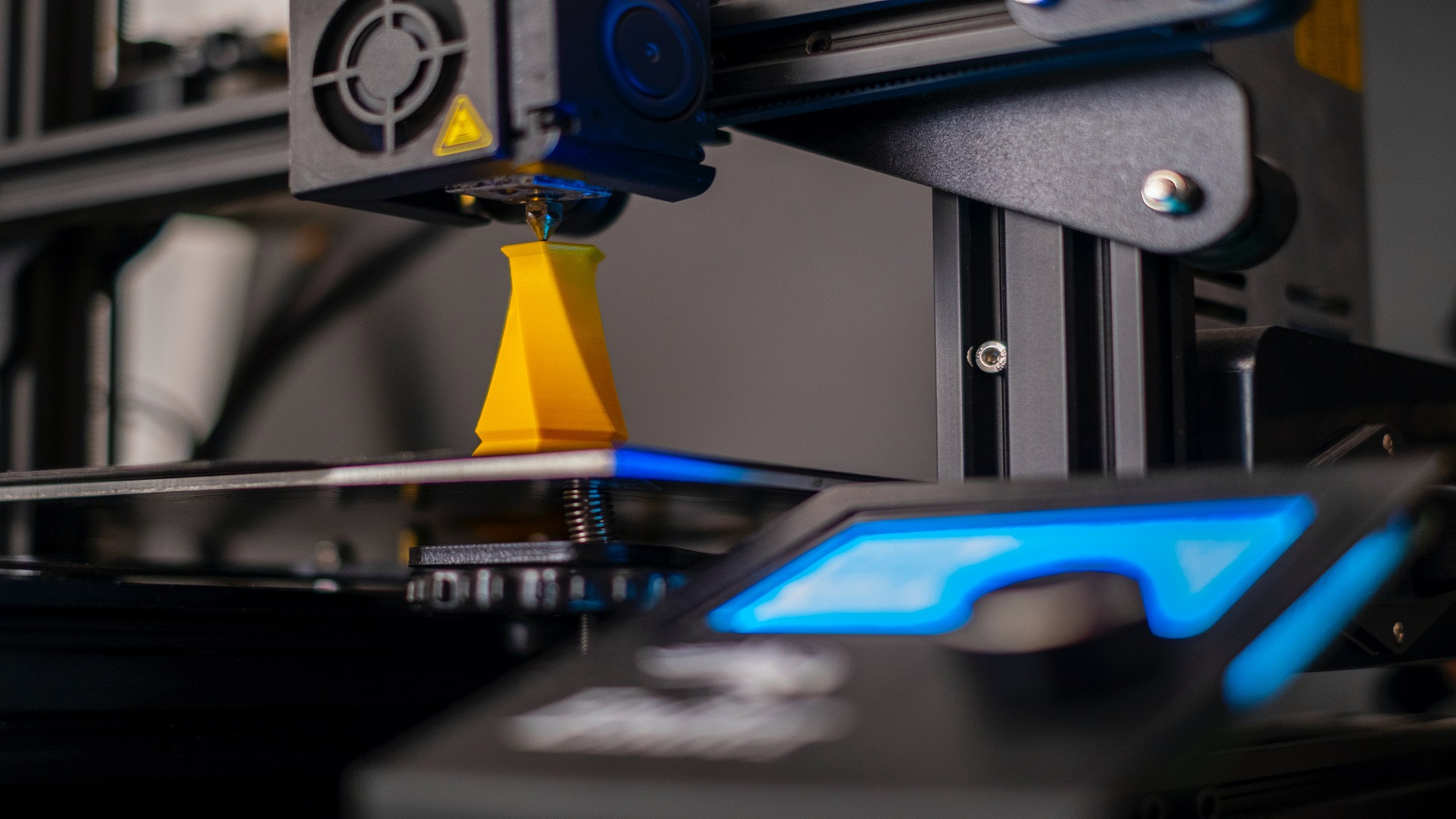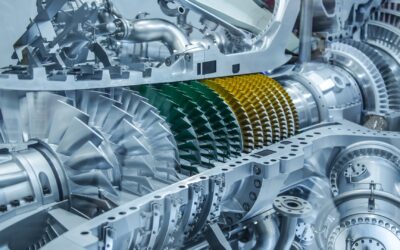Climate change is real and continues to be a hot topic in research, public policy, and cultural dialogue. What was once inconceivable — that human activity might impact something as incalculably vast as planet Earth itself — is now understood to be scientific fact.
The environmental impact of manufacturing plays a large role in climate change. Not just through energy consumed in production, but also transportation energy used to ship supplies and parts at various points in supply chains. Increasing numbers of organizations and consumers are prioritizing sustainable, environment-friendly business practices as a result.
Read this article for a contextual overview of climate change, why businesses benefit from environmentally conscious practices, how 3D printing more parts substantially reduces carbon emissions, and how two organizations are using Markforged 3D printers to build a more sustainable future.
Read more here.
Welcome to Manufacturing Unscripted, the podcast where we explore all things manufacturing with a focus on technology, applications, continuous growth, and industry trends.Join our hosts, Matthew Rall and Lauren Rall, as they invite experts in the field to share their insights and experiences with you. From the latest advancements in automation and robotics to the challenges and opportunities facing the industry, we delve into the topics that matter most to today’s manufacturing professionals.With each episode, you’ll gain a deeper understanding of this dynamic and ever-evolving industry, as well as practical tips and strategies to help you succeed. Don’t miss a single episode of Manufacturing Unscripted.




